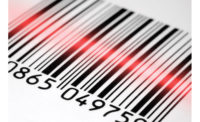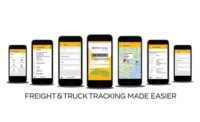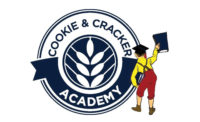The many benefits of product traceability

Consumer confidence in product quality and safety requires coordination of many efforts by individuals and organizations throughout the food industry. Product traceability, a key component of any food safety program, uses documented information to verify the identity, history and location of a product as it travels through the food supply chain. It will be a key factor in the FDA’s implementation of the Food Safety Modernization Act (FSMA) beginning later this year and continuing into 2016.
Today’s food supply chain is a global, changing and complex network that begins at agricultural production, proceeds through food manufacturer processing and then on to storage and distribution. Transportation exposes finished products to an additional regulations and standards. At the end of the chain is a litany of consumer trends, habits and health drivers.
The importance of being able to trace the origin of products is widely accepted. Public health demands traceability, as it should. However, it will likely be business economic concerns that motivate and produce actual change. According to the Grocery Manufacturers Association, the financial impact of a product recall in the U.S. is significant. It is estimated that 52 percent of all recalls cost more than $10 million and 23 percent cost more than $30 million. This is a reality businesses will make significant changes to avoid.
Traceability is most relevant when it comes to protecting the health of the consumer, and planning is the key to food safety. When broken into four phases—preparedness, response, recovery and prevention—planning reveals the importance of traceability at each phase. Preparedness and traceability relate, as traceability gives greater visibility into the supply chain before food safety events occur, allowing a company to be better prepared if something goes wrong. Traceability improves response time by all stakeholders, lessening the potential impact of an event. During recovery, traceability allows the producer, industry and regulators to maintain consumer trust by demonstrating how safeguards worked to protect consumers. Finally, traceability aids in prevention through root cause analysis, identifying causes and using that information to prevent future recurrence.
Beyond food safety
Traceability has become increasingly important in the manufacturing process. The global food supply chain has progressed into a complicated mix of factors, as companies seek to feed the growing world population. Although significant food safety problems remain rare, they can threaten public health and the livelihoods of industries, companies and employees. To better track and trace food, industries need better teamwork to achieve a more holistic approach to the food supply chain. A company achieves this type of traceability when its internal data and processes are integrated into a larger system of external data exchange with industry partners.
A more widespread, better-integrated traceability standard would positively impact the food supply chain in many ways. With enhanced traceability procedures, businesses could prepare for emergencies, such as undeclared allergens or cross-contamination, and avoid the damage of a widespread recall. Benchmarked traceability practices reassure customers and contribute to an optimal crisis management plan, even when a company has not previously experienced a food safety emergency.
More than 50 million Americans struggle to put food on the table, according to the Institute for America’s Health. Yet, as a country, we also discard roughly 35 million tons of food annually, according to Environmental Protection Agency reports. In the face of this situation, there is tremendous pressure on the food industry to reduce waste.
Most companies have some level of traceability in place. Through industry collaboration, companies can see the benefits of improved traceability and not leave themselves vulnerable to potentially dangerous or costly mistakes. In the end, a more robust traceability program will help a company move forward, while keeping the food supply safe and available for all.
Looking for a reprint of this article?
From high-res PDFs to custom plaques, order your copy today!





